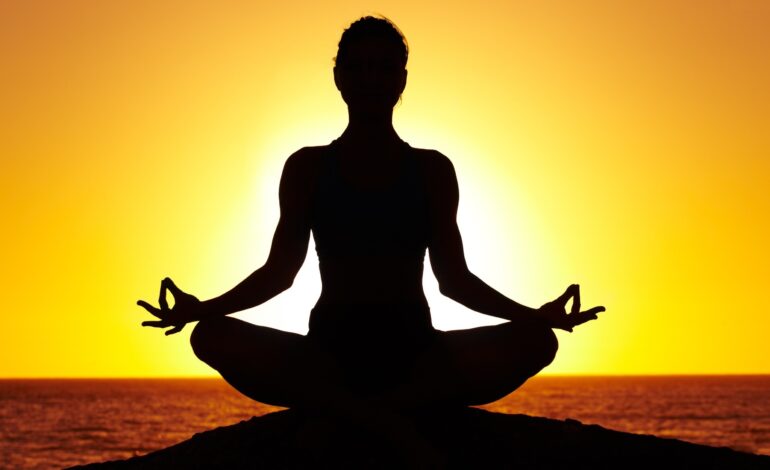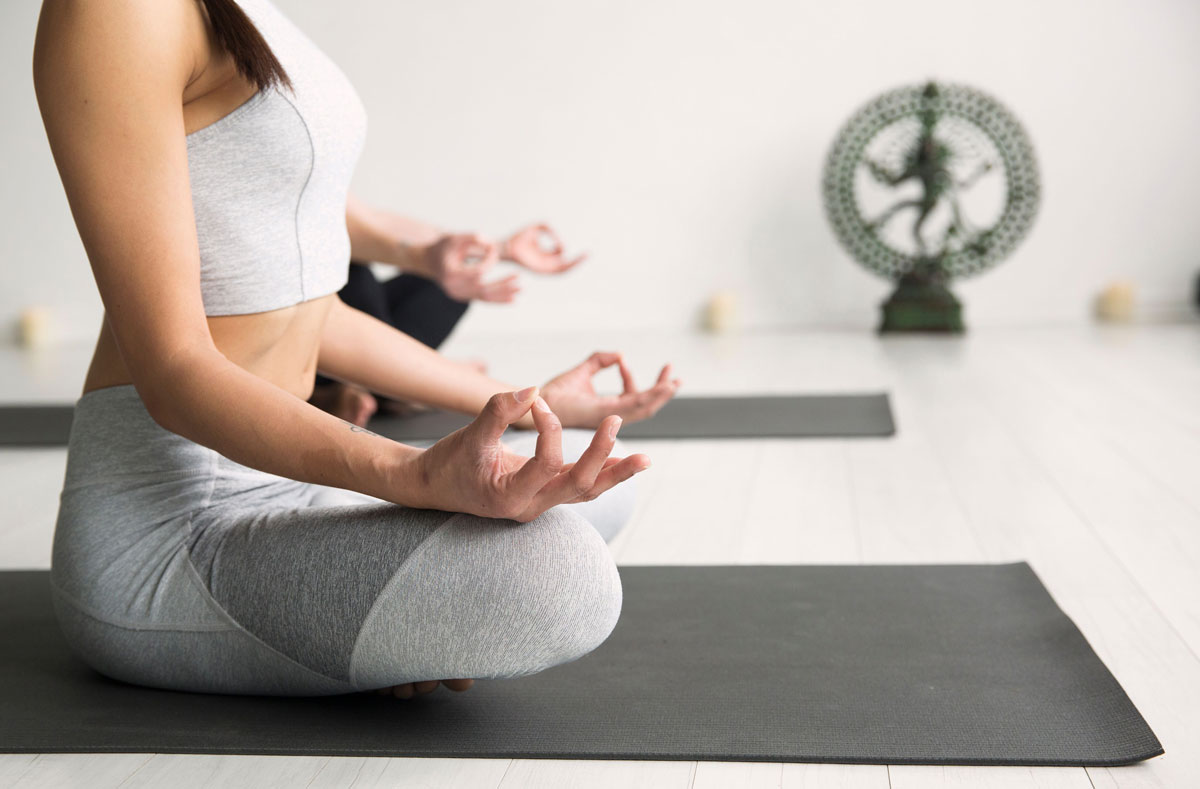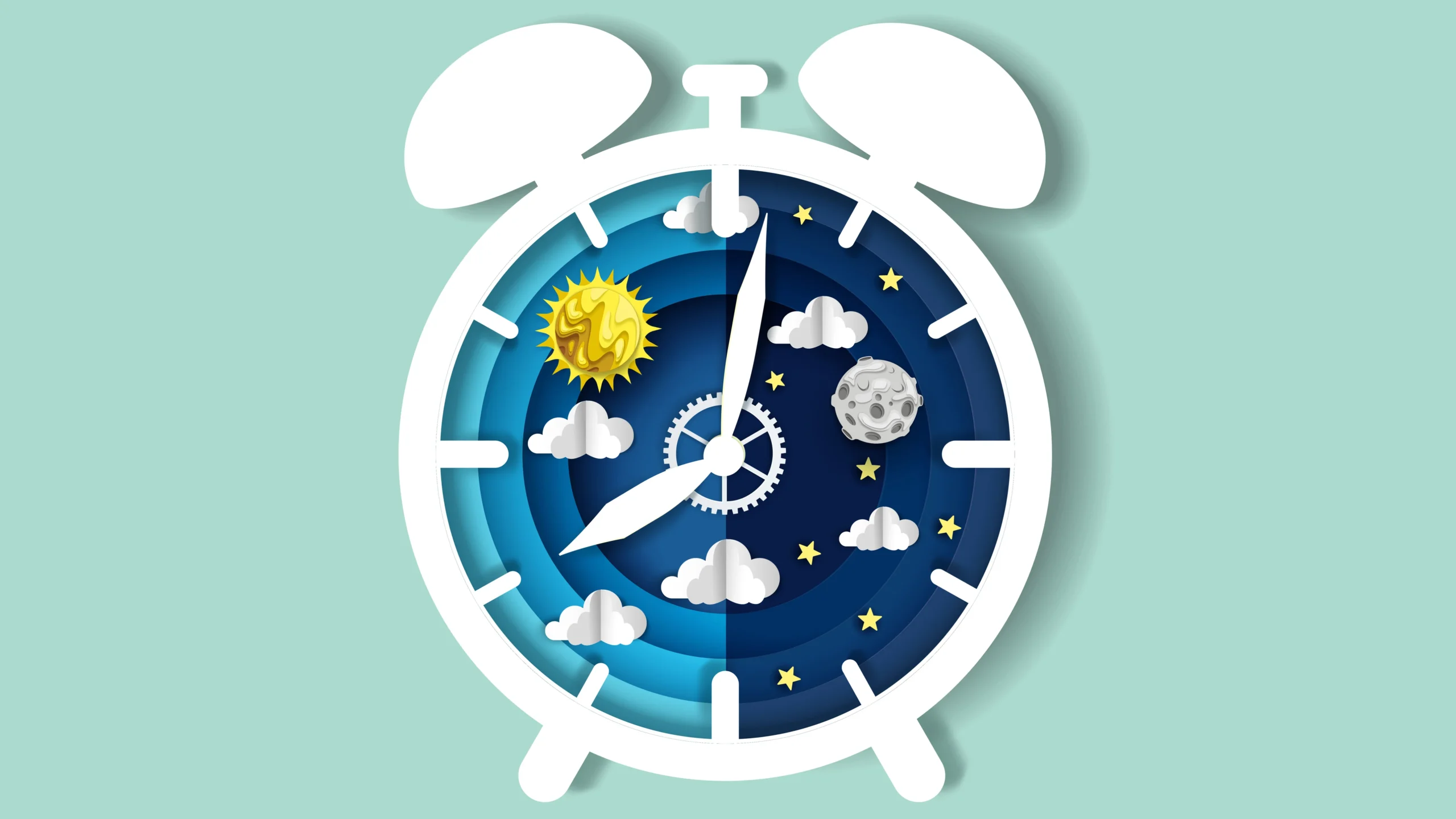Yoga & Mindfulness: Your Path to Wellbeing

Yoga & Mindfulness: A Journey to Physical and Mental Wellbeing
In today’s fast-paced world, finding moments of peace and balance can feel like an elusive dream. We’re constantly bombarded with information, demands on our time, and a relentless pressure to achieve. Yoga and mindfulness practices offer a powerful antidote – a pathway back to presence, calm, and a deeper connection with ourselves. This post will explore the world of yoga, delving into various styles and highlighting their unique benefits for both your body *and* mind.
What is Yoga? More Than Just Stretching
When most people think of yoga, images of pretzel-like poses might spring to mind. While physical postures (asanas) are a significant part of it, yoga is far more than just stretching! The word “yoga” itself comes from the Sanskrit root meaning “to join” or “to unite.” It refers to uniting the body, breath, and mind – creating harmony within ourselves.
Yoga’s origins trace back thousands of years in India. Originally a spiritual practice designed to facilitate meditation, it evolved over time incorporating physical postures as a means to prepare the body for deeper states of awareness. Modern yoga is a beautiful blend of these ancient traditions, adapted and accessible to people of all ages and abilities.
Exploring Different Styles of Yoga
The beauty of yoga lies in its diversity. There’s a style suitable for almost everyone, regardless of their experience level or goals. Let’s explore some popular styles:
Hatha Yoga: The Foundation
Often considered the umbrella term for many physical yoga practices, Hatha yoga focuses on foundational postures and breathwork (pranayama). Classes typically move at a slower pace, making it an excellent starting point for beginners. Benefits include increased flexibility, improved balance, and stress reduction.

Vinyasa Yoga: Flowing Movement
Also known as “flow yoga,” Vinyasa links postures together in a dynamic sequence, often coordinated with the breath. It’s more physically demanding than Hatha, building strength and endurance while cultivating mindfulness. Expect to build heat, improve cardiovascular health, and increase overall fitness. The pace can vary greatly depending on the teacher.
Ashtanga Yoga: A Set Sequence
A rigorous and structured style, Ashtanga follows a specific sequence of postures that are always performed in the same order. It’s known for its intensity and requires commitment, but it offers incredible benefits. It builds strength, flexibility, and mental focus while detoxifying the body through sweat.
Restorative Yoga: Deep Relaxation
This gentle style utilizes props (bolsters, blankets, blocks) to support the body in comfortable poses held for extended periods. The goal is deep relaxation and release of tension. Ideal for stress relief, recovery from injury, and promoting overall wellbeing. It’s a wonderful complement to more active yoga practices.
Yin Yoga: Working with Fascia & Energy Flow
Yin yoga targets the deeper connective tissues (fascia) through long-held poses that passively stretch these areas. It’s believed to stimulate energy channels in the body and promote emotional release. Benefits include increased flexibility, improved joint mobility, and a sense of calm.
Bikram Yoga: Heat & Intensity
Practiced in a heated room (typically around 105°F), Bikram yoga consists of a fixed sequence of 26 postures and two breathing exercises. The heat is believed to help detoxify the body and increase flexibility. Important note: This style requires caution and hydration, particularly for individuals with certain health conditions.
The Mental Benefits of Yoga & Mindfulness
While yoga’s physical benefits are undeniable, its impact on mental wellbeing is truly transformative. The combination of mindful movement, breathwork, and focused attention cultivates a sense of calm and clarity.
- Stress Reduction: Yoga helps regulate the nervous system, reducing the production of stress hormones like cortisol.
- Improved Focus & Concentration: Regularly practicing yoga trains your mind to stay present, enhancing focus and concentration in daily life.
- Emotional Regulation: Yoga provides tools for observing and managing emotions without judgment. It encourages self-awareness and acceptance.
- Increased Self-Awareness: Through mindful movement and breathwork, you become more attuned to your body’s sensations and needs.
- Reduced Anxiety & Depression: Studies have shown that yoga can be an effective complementary therapy for anxiety and depression.
Mindfulness: The Key Ingredient
Mindfulness is the practice of paying attention to the present moment without judgment. It’s a core component of both yoga and overall wellbeing.
How does mindfulness fit into yoga? During asana practice, you cultivate mindfulness by focusing on your breath, body sensations, and alignment. You learn to observe thoughts and emotions without getting carried away by them.
Beyond the mat: Mindfulness can be applied to all aspects of life – eating, walking, talking, even doing dishes! It’s about bringing conscious awareness to everyday activities.
Getting Started on Your Yoga & Mindfulness Journey
Ready to experience the benefits of yoga and mindfulness? Here are a few tips:
- Start Slow: Begin with beginner-friendly classes or online tutorials.
- Listen to Your Body: Don’t push yourself beyond your limits. Respect any pain or discomfort.
- Be Consistent: Even short, regular practice (15-30 minutes) is more beneficial than sporadic long sessions.
- Find a Style You Enjoy: Experiment with different styles until you find one that resonates with you.
- Embrace the Journey: Yoga and mindfulness are ongoing practices – be patient with yourself and enjoy the process!
Whether you’re seeking greater physical flexibility, stress relief, or a deeper connection to your inner self, yoga and mindfulness offer a path towards holistic wellbeing. Take that first step today!



